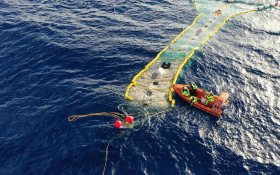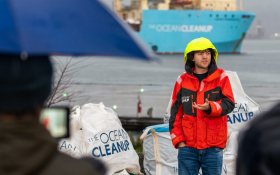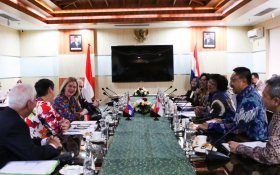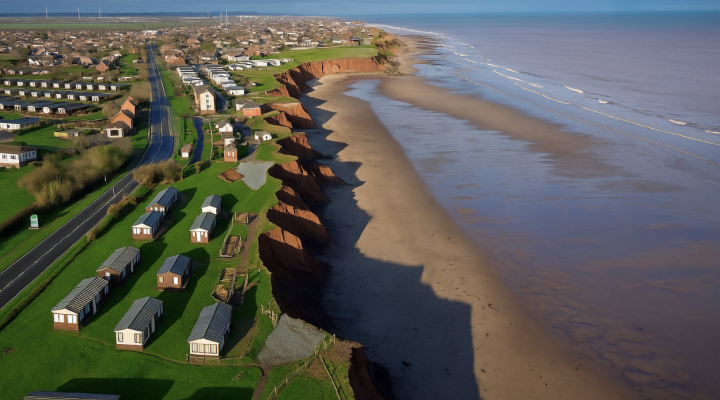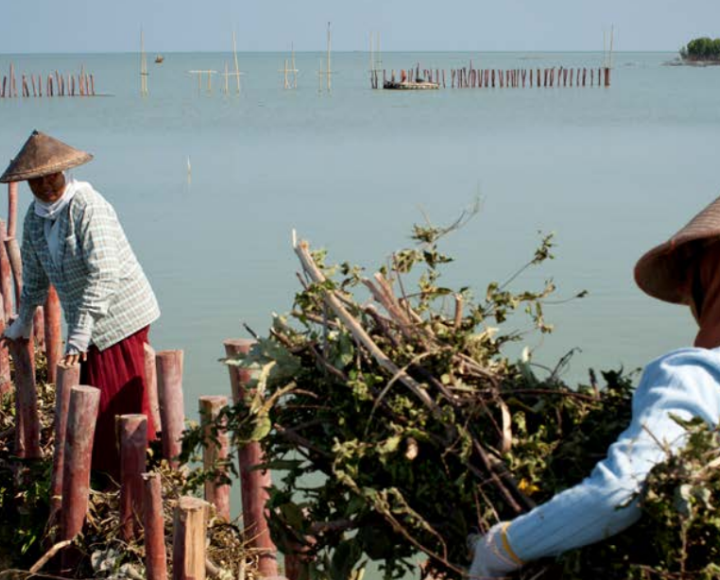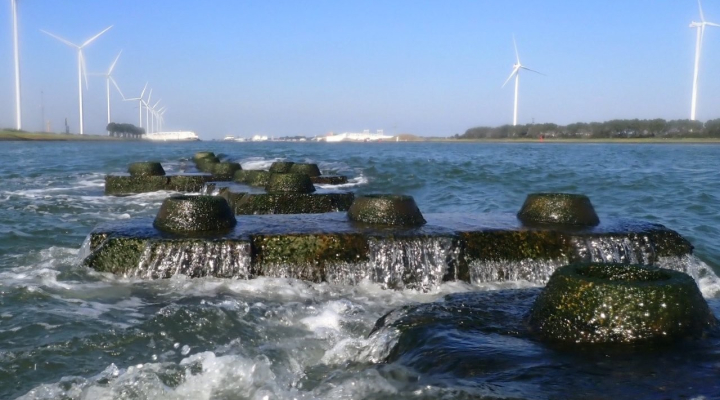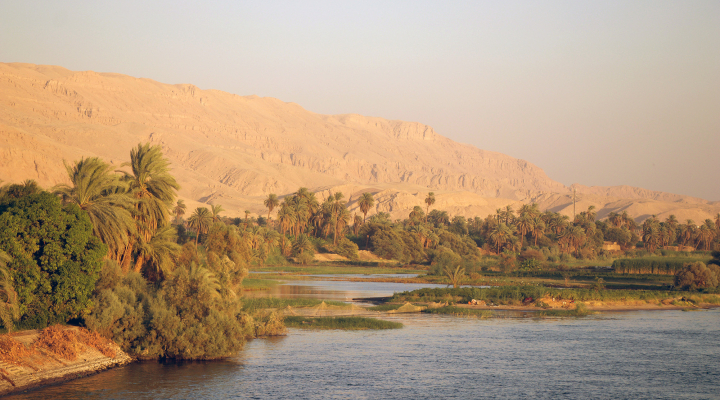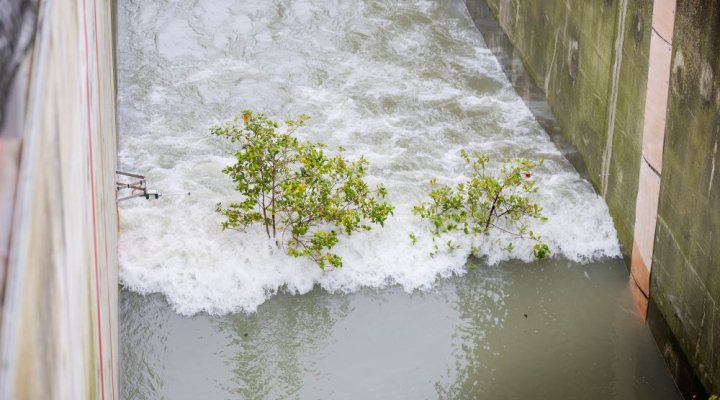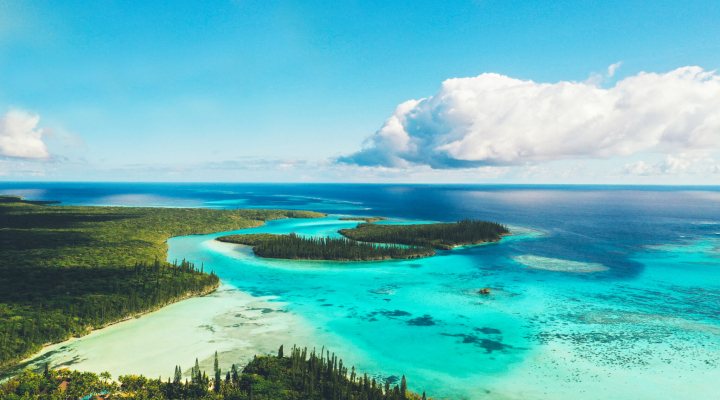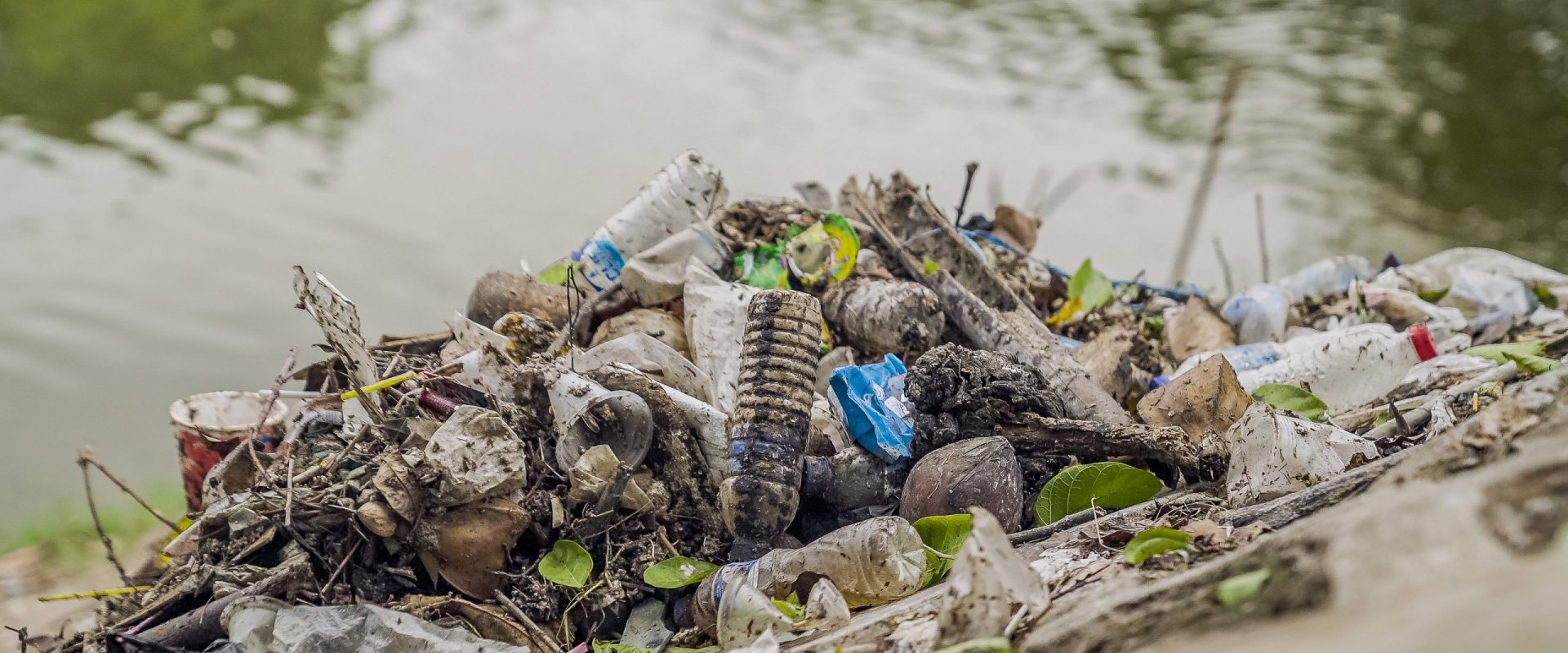
World Bank advises upstream plastic waste removal
The World Bank has published a Deltares-led study estimating that 346.5 kton of plastic waste in Indonesia ends up in rivers and finally in the ocean.
One of the recommendations by the Bank to the Indonesian Government is to remove litter as much as possible upstream from locations where it accumulates, such as dams and floodgates.
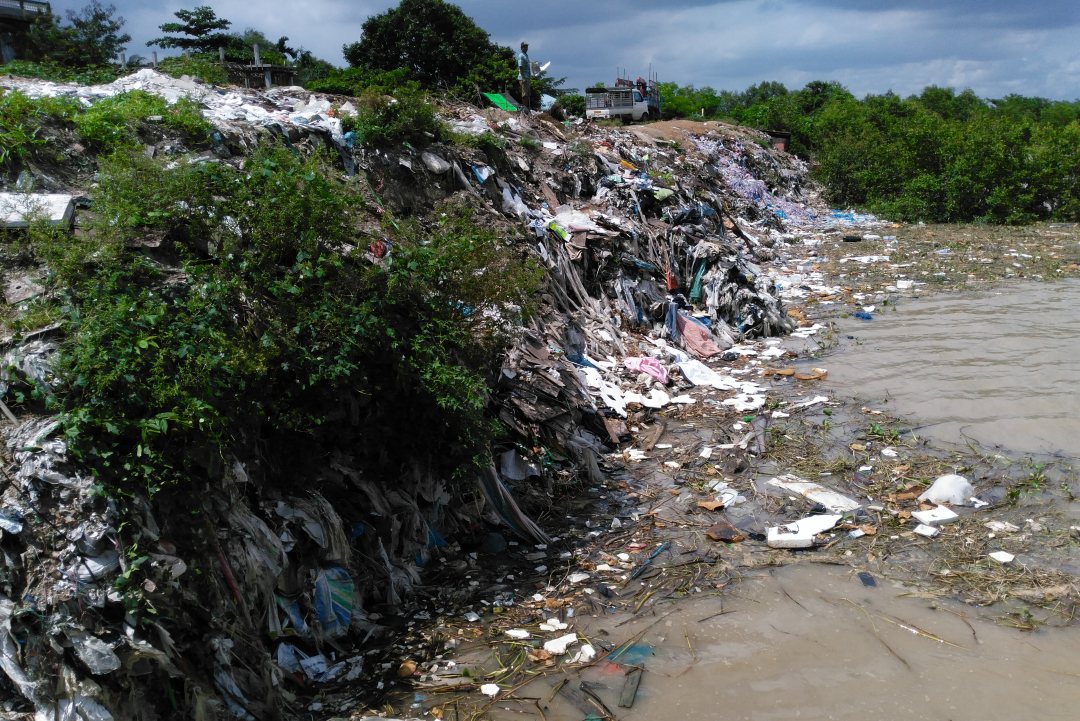

First nation-wide assessment
The Government of Indonesia has made ambitious commitments to improve waste management and tackle marine litter. With this study, Deltares, a Dutch institute for applied research in the field of water, provides the government with a first nation-wide assessment. The assessment aggregates both waste data as well as actual hydrological conditions.
Using its suite of models, Deltares simulated the mobilisation and transport of plastic in all major catchments in the country, considering the topography, elevation, soil-type, land-use and spatially and variable weather data, such as rainfall. These results were then aggregated to determine the contribution of each river to marine plastic pollution.
The assessment helps the Indonesian Government to design appropriate measures and to pinpoint where interventions are most needed.
Recommendations to fight plastic soup
Based on this study, the World Bank presents some key findings. One the most important is the fact that most of the plastic waste is mismanaged and ends up in open dump sites with direct disposals in rivers. The Bank recommends the Indonesian Government to improve its solid waste management in general and to provide better waste collection services, especially in rural areas and near rivers.
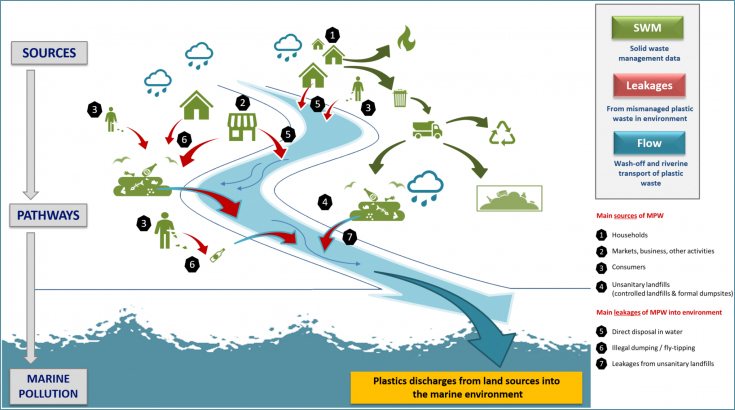

Top polluting rivers
The top plastic polluting rivers are in Java and Sumatra where the rivers flow through densely populated urban areas. Yet, the World Bank sees good opportunities for these areas and their rivers as the construction of new landfill facilities is very promising.
Another recommendation is the use of upstream river barriers where the plastic waste is stopped in dry seasons. Based on the data from Jakarta, it is clear that during the rainy season, with high river discharges, the plastic reaches the ocean when trash-racks tend to be opened to allow water to flow. Periodical removal of accumulated plastic waste from urban drainage systems will prevent plastic waste from reaching the rivers, the World Bank writes in its report.
Moreover, this practice will also reduce flood hazards, since accumulation of plastic waste in urban drainage systems is a significant contributor to the high pluvial flood risks experienced in most urban areas in Indonesia.
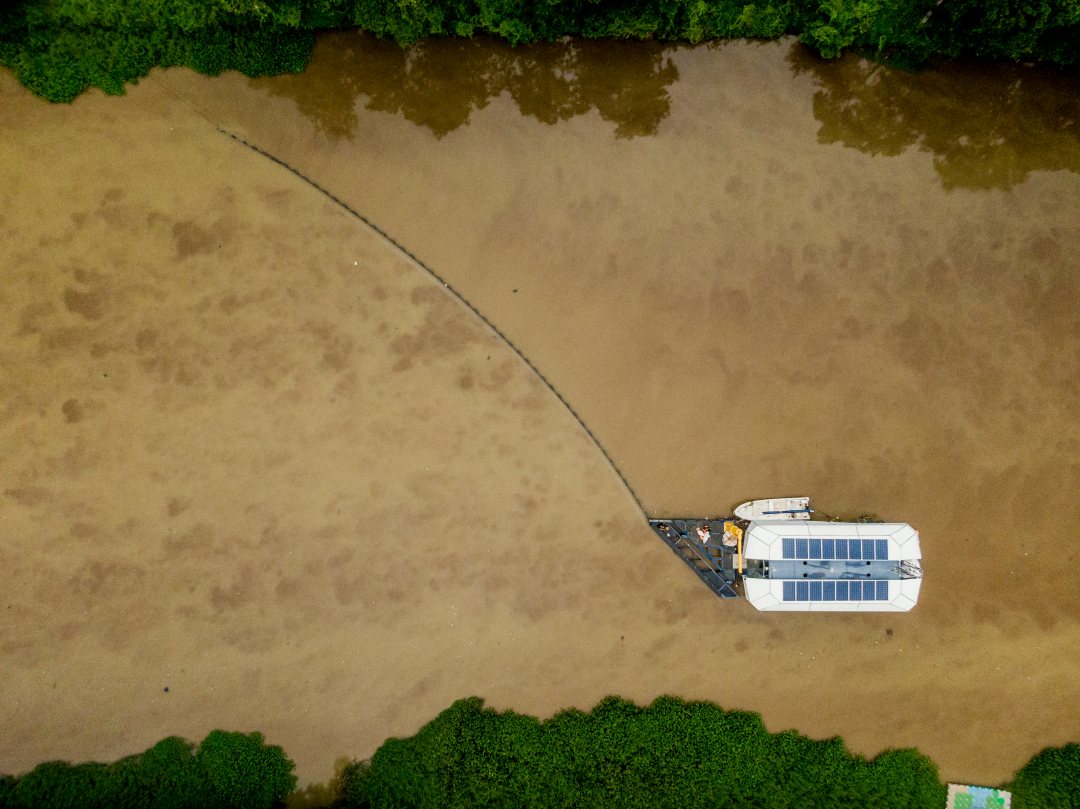

More removal upstream
Technical measures could be considered to increase the effectiveness of trash-racks or other structures, especially during the rainy season. But also during rain spells after long periods of droughts when high discharges of plastic waste would be expected.
Not in the World Bank report is the presence of floating installations to remove the plastic waste, such as the Interceptor by The Ocean Cleanup. Three prototype Interceptors are already operational and one is deployed in the Cengkareng Drain in Jakarta. Here the Ciliwung river passes the capital city on its way to the ocean.
The floating waste collector was moored at Cengkareng Drain in 2019. First results proved that the interceptor can collect up to 60 percent of all solid waste that passes by.
Today, 8 June is World Ocean Day and plastic pollution is one of the issues that has to be resolved to make oceans healthy again.




